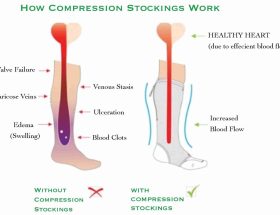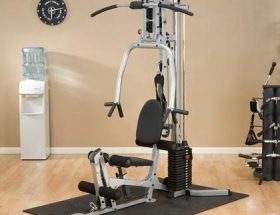Calisthenics, also known as bodyweight training, is a form of exercise that relies solely on improving strength,
flexibility, and body control through the use of one’s bodyweight. This type of exercise regimen has been gaining
popularity due to its accessibility, affordability, and versatility. Whether you are a beginner looking to kickstart
your fitness journey or an advanced athlete aiming to take your training to the next level, calisthenics offers a
wide range of exercises that can be modified and progressed to suit anyone’s fitness level and goals. In this article,
we will dive into the fundamentals of calisthenics and explore the bodyweight basics you need to know to get started
on this empowering fitness journey.
Benefits of Calisthenics
Before we delve into the bodyweight basics, let’s take a moment to highlight some of the incredible benefits that
calisthenics can offer:
Improved Strength and Muscle Development: Calisthenics exercises engage multiple muscle groups
simultaneously, leading to overall strength gains and muscular development.
Enhanced Flexibility and Joint Mobility: Many calisthenics movements involve stretching and
lengthening muscles, improving flexibility and promoting joint health.
Increased Body Control and Coordination: Calisthenics movements require a high level of body
awareness and control, helping you improve coordination and balance.
Convenience and Cost-Effectiveness: Calisthenics can be practiced anywhere, without the need
for expensive equipment or gym memberships.
Versatility and Progression: From basic exercises like push-ups and squats to advanced movements
such as handstands and planches, calisthenics offers a vast progression path to challenge individuals at various
fitness levels.
Mental and Emotional Well-being: Similar to other forms of exercise, calisthenics releases
endorphins and promotes a sense of accomplishment, resulting in improved mood and mental well-being.
Bodyweight Basics
1. Warm-Up Routine:
Before engaging in any physical activity, it is essential to prepare your body for the workout ahead. A proper warm-up
routine helps increase blood flow, elevate heart rate, and loosen up the muscles. Give yourself at least 5-10 minutes
of dynamic movements such as arm circles, leg swings, and torso twists to warm up your entire body.
2. Master the Foundation Movements:
Start by mastering the foundational exercises that form the basis of calisthenics. These include:
Push-Ups: Targeting the chest, shoulders, and triceps, push-ups are one of the most effective
upper body exercises.
Squats: Engaging the muscles of the lower body, squats help strengthen the legs and glutes.
Plank: A core-strengthening exercise that activates the abs, lower back, and shoulders.
Pull-Ups: An excellent exercise for developing upper body strength, particularly the back and
biceps.
Lunges: Working your lower body muscles unilaterally, lunges enhance leg strength and stability.
Dips: Targeting the triceps and chest, dips help build upper body strength and stability.
3. Progression is Key:
Once you have mastered the foundational movements, it’s crucial to progress and challenge yourself steadily. Increasing
the difficulty of exercises can be done in several ways:
Variations: Modify exercises to target specific muscles or engage them differently. For example,
decline push-ups or diamond push-ups can intensify the challenge.
Added Weight: Utilize resistance bands, weighted vests, or backpacks loaded with weights to
make exercises more demanding.
Isometric Holds: Incorporate static holds in positions like handstands or planks to improve
strength and stability.
Progressive Repetitions: Increase the number of reps gradually as you become more comfortable
with the movements.
4. Rest and Recovery:
Allow your body sufficient time to recover and adapt. Rest days are just as important as training days. Aim for at least
48 hours of rest between intense calisthenics sessions to prevent overtraining and minimize the risk of injury.
5. Proper Form and Technique:
Focus on maintaining proper form and technique while performing each exercise. This will help maximize the effectiveness
of the movement and reduce the risk of injury. If needed, seek guidance from instructors or online resources to ensure
correct execution.
Conclusion
Calisthenics offers an exciting and empowering way to improve strength, flexibility, and body control using only your
bodyweight. By understanding the fundamentals and incorporating the bodyweight basics discussed in this article, you
can embark on a fulfilling fitness journey that caters to your individual needs and goals. Remember to start slowly,
focus on proper technique, progress gradually, and allow your body ample time to rest and recover. Embrace the challenge,
stay consistent, and enjoy the incredible physical and mental rewards that calisthenics has to offer!







